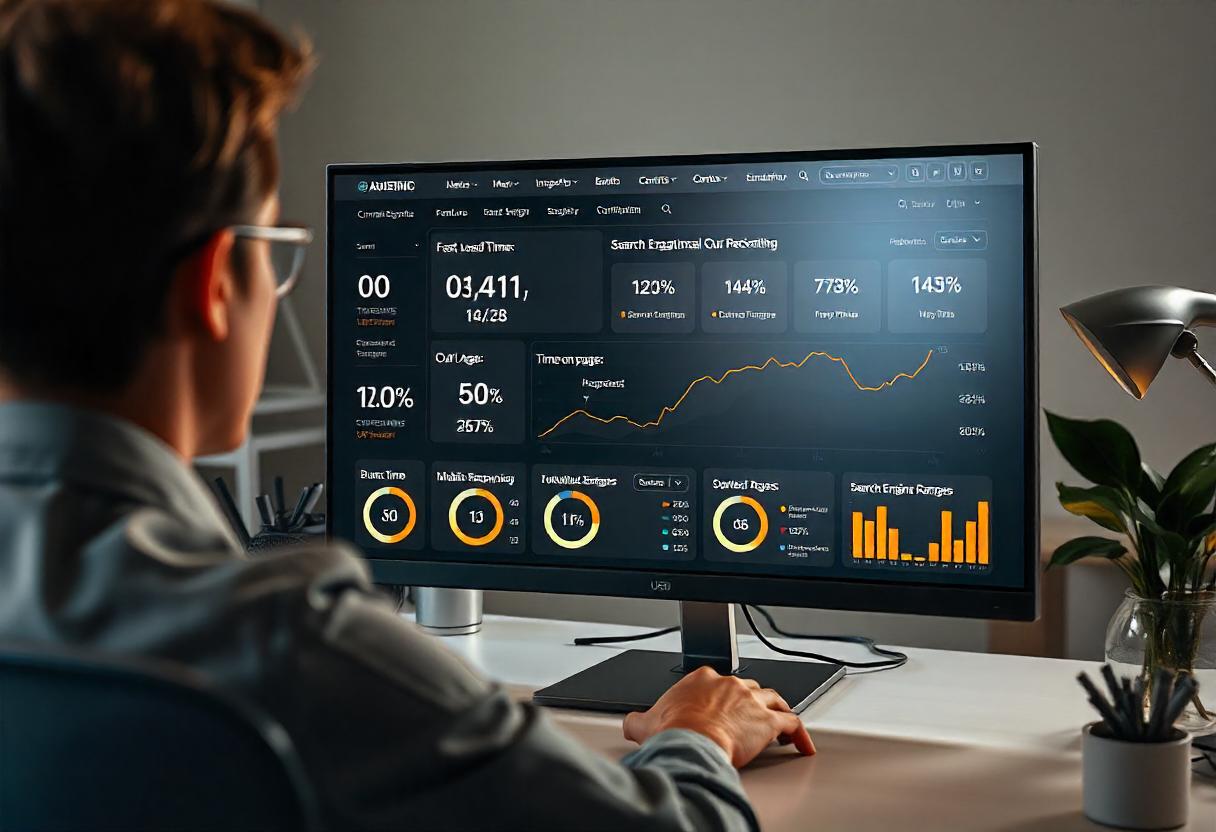Businesses and website owners try to attract more visitors in the digital world, enhance their search rankings, and finally convert more users.
In doing so, they forget to consider one very important factor that plays a huge role in achieving all of this: User Experience or UX. This article will explore how UX for SEO intertwines and why optimizing user experience is important for successful search engine optimization.
Understanding User Experience (UX)
User Experience is the aspect of interaction that users have with a website or application. It includes aspects of design, usability, performance, accessibility, and satisfaction that a user experiences while visiting a site. Good UX not only means high user satisfaction but also long periods of stay on the site, visiting more pages, and interacting with content in any form, which all influence the ranking of the page by search engines.
Relationship Between UX (User Experience) and SEO
1. Improved Engagement Metrics
As far as Google and other search engines are concerned, websites with optimized best UX are preferred over others. There are several other metrics showing good UX (User Experience):
- Bounce Rate: The bounce rate is all the better if it’s high in value. This means people are bouncing away from a website without doing anything at all. In case there is some quality content available on a website, people tend to stick around to the website for a much longer time, and, therefore, have a lesser bounce rate.
- Time on Page: The more people spend time on your page, the better it’s for you. A great UX makes users want to find more content, hence greater time on page.
- Pages per Session: The fewer the clicks, the fewer the pages users will look at, which is yet another search engine signal stating that your content is worthy enough to spend their time for engagement.
2. Website Speed and Performance
Site speed is another very crucial part of UX. Users expect pages to load fast, and sites that do so are rewarded by search engines. Actually, Google has announced this to be a ranking signal, and slow sites generally cause high bounce rates along with lower rankings.
Techniques for Improving Site Speed:
- Reduce images and media files
- Minify CSS, JavaScript, and HTML
- Leverage browser caching and the Content Delivery Network (CDN)
- Reduce redirects to the bare minimum
3. Mobile Responsiveness
With the increase in mobile surfing, a mobile-responsive design is much needed. Google has begun mobile-first indexing, by which it mainly uses a mobile version of a site for indexing and ranking purposes. A site that lacks a good mobile experience has a negative impact on UX as well as SEO.
Mobile Optimization Tips
- Use responsive design.
- Ensure fast load times when accessed on mobile devices
- Simplify navigation and make it easy to tap buttons at all times
4. Content Readability and Accessibility
Content is the king, but its usability depends on the ease of consumption for the users. Well-structured and readable content enhances UX and can benefit SEO. This includes:
- Headings and subheadings: Use clear headings to structure content, making it scannable.
- Font size and color: Use readable fonts, with a good contrast of the font against the background.
- Alt Text for Images: Include alt text for each of the images on your website. This will enhance the accessibility of your site for the users with disabilities and provides search engines with more content to work with.
5. Easy Navigation
Easy navigation makes up good UX since a user can easily locate what they are looking for in your site. When a user cannot easily navigate your site, they are most likely to leave your site. This will contribute to a bad bounce rate, and by extension, to a bad SEO.
Navigation Best Practices
- Simple logical menu structure.
- Incorporate a search bar that is easily accessible.
- All the important pages must be available from the home page.
How to Improve UX for SEO
Optimizing UX for SEO may require some of the following:
- User Testing: Find pain points and areas to be improved by gathering actual users’ feedback.
- Analytics Tools: Use Google Analytics and similar tools to understand what’s happening with your site: user behavior, engagement metrics, and where are drop-off points.
- A/B Testing: Try different variations of designs, layouts, or content to find what sticks out to them.
- Content Quality: The content must be valuable, relevant, and engaging to the user while answering his needs and expectations.
FAQ’s
1. How does UX affect SEO rankings?
Positive user experience is considered by search engines in terms of better engagement metrics, like a lower bounce rate and time on site.
2. What are the principles of great UX design?
Intuitive navigation, fast speed, mobile-friendliness, premium content, and accessibility will be intuitive.
3. Does bad UX negatively influence my SEO efforts?
Dismal user experience results in high bounce rates and weak engagement that can lead to lower ranks in the searches.
Conclusion
UX is no longer optional for being optimized with SEO; this is now a necessity for SEO. In search engines, experiences from users are increasingly emerging as the foundation of algorithms to rank. A site owner, therefore, should devote his best efforts to make user experience seamless, involving, and satisfying. Elevating the UX of a website means not only superior visitor satisfaction but also enriched search rankings, more natural organic traffic, and higher conversions. Invest in UX now and gain a competitive lead in the digital marketplace.

